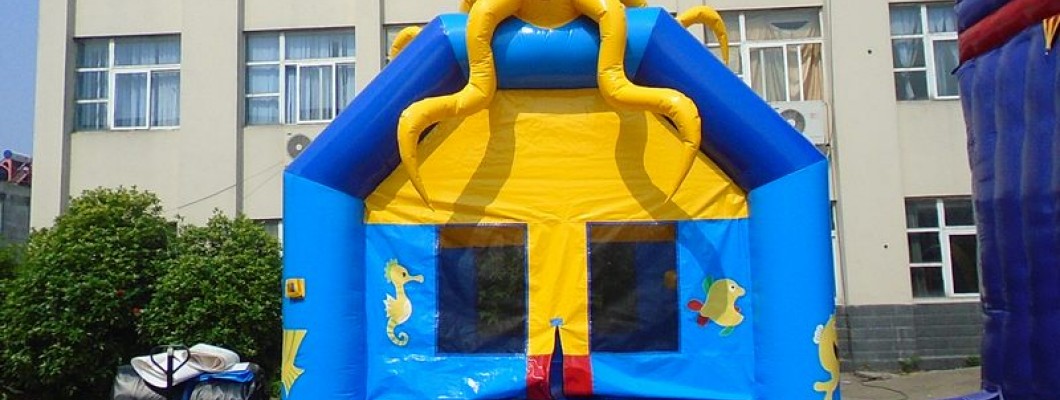
Setting up a bounce house on a concrete surface can be challenging and requires careful consideration to ensure safety and stability. Concrete surfaces are hard and unyielding, which contrasts with the softer, more forgiving surfaces like grass or sand typically used for bounce houses. Here’s what you need to know about setting up a bounce house on concrete:
1. Assessing the Suitability of Concrete
Concrete surfaces are not ideal for bounce house setup due to their hard and unforgiving nature. The bounce house is designed to provide a soft and cushioned environment for children, and concrete does not offer the same level of safety. However, if concrete is the only option, extra precautions must be taken to ensure safety.
2. Ensuring Proper Anchoring
One of the primary concerns when setting up a bounce house on concrete is securing it properly. Traditional stakes used for grass may not work on concrete. Instead, use weight bags or sandbags to anchor the bounce house securely. Place these weights at all four corners and along the sides to keep the inflatable stable.
3. Using Protective Mats
To help mitigate the impact of the hard surface, place protective mats or foam padding underneath the bounce house. These mats can help absorb some of the impacts and provide a softer landing surface for children. Ensure the mats are large enough to cover the entire area beneath and around the bounce house.
4. Ensuring a Stable Setup
Before inflating the bounce house, check that the surface is level and free from any debris or sharp objects that could damage the inflatable. A stable and clean surface helps ensure the bounce house remains securely in place and functions correctly.
5. Monitoring Weather Conditions
Weather conditions play a significant role in the safety of bounce house setups. Avoid setting up on concrete if there are strong winds or adverse weather conditions, as these can affect the stability of the inflatable. Make sure to monitor the weather forecast and adjust your plans accordingly.
6. Providing Adequate Supervision
Regardless of the surface, active supervision is crucial when children are using the bounce house. Ensure that a responsible adult is present to monitor the activity, enforce safety rules, and address any issues that arise. This helps prevent accidents and ensures a safe environment for all participants.
7. Regular Inspections
Regularly inspect the bounce house for any signs of wear or damage, especially when set up on a hard surface like concrete. Look for any punctures, tears, or issues with the seams. Address any problems immediately to prevent accidents and maintain the inflatable’s safety.
8. Understanding the Risks
It’s important to understand that setting up a bounce house on concrete inherently carries more risk compared to softer surfaces. The hard surface increases the potential for injury if a child falls or collides with the inflatable. Weigh the risks and benefits and consider alternative surfaces if possible.
Conclusion
While setting up a bounce house on a concrete surface is possible, it requires careful planning and extra safety measures. Proper anchoring, protective mats, and regular supervision are essential to ensure a safe and enjoyable experience. Always assess the risks and take appropriate precautions to create a secure environment for children to play.
